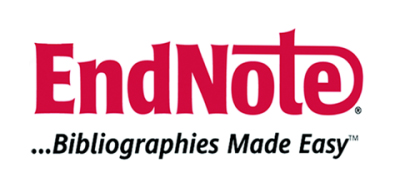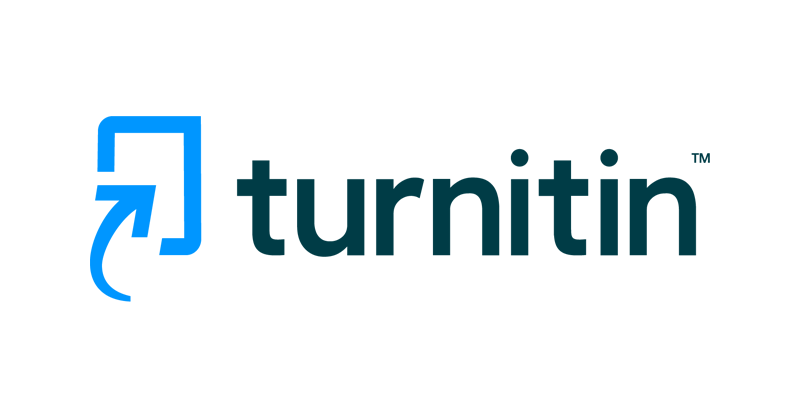PENINGKATAN DAYA SAING KOPI RAKYAT DI KABUPATEN JEMBER
Abstract
Jember has 16.882 ha of coffee plantation, which 5.601,31 ha of them are smallholder coffee. Smallholder coffee is often identified has low productivity and quality. This research wanted to know: (1)the advantage of smallholder coffee at District of Jember; (2) how to increase the advantage. Research was done on May – August 2012 (harvest periode) at Sub District of Silo, Sumberjambe, Ledokombo and Panti with 98 respondens which were choosen by stratified random sampling methode. The advantage was measured by DRCR dan PCR, in order to increase the advantage using the result of Cobb-Douglas model of multiple regression analize on production function. The result show that: (1) there are two methode of post-harvest processing of coffee, they are wet process and dry process methode;(2) smallholder coffee at Jember has competitif and comparative advantage (PCR wet process methode is 0,3679 and dry process methode is 0,4261). (3) Balance fertilizing could increase the advantage, but just comparative advantage (DRCR decrease to 0,4907 on wet process methode and 0,3566 on dry process methode), on the other side competitive advantage was a little decrease (PCR wet process methode is 0,5056 and 0,5089 on dry process methode). Further more, balance fertilizing could increase the profit from IDR 17.804.906/ha/year to IDR 21.103.109/ha/year on wet process methode and from IDR 8.965.371/ha/year to IDR 17.112.813/ha/year on dry process methode.
Key words: competitive advantage, comparative advantage, balance fertilizing
Jurnal Sosial Ekonomi Pertanian (J-SEP) has CC-BY-SA or an equivalent license as the optimal license for the publication, distribution, use, and reuse of scholarly work.
The work is simultaneously licensed under a Creative Commons Attribution-ShareAlike 4.0 International License, which permits others to share the work with an acknowledgement of the authorship and the work's initial publication in this journal. Authors who publish with this journal retain their copyright and grant the journal the right of first publication.

3.png)

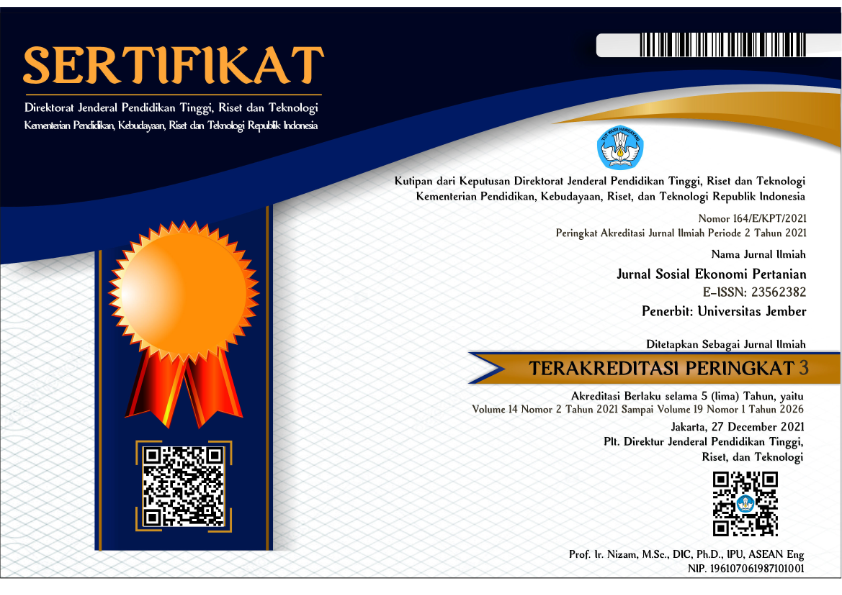
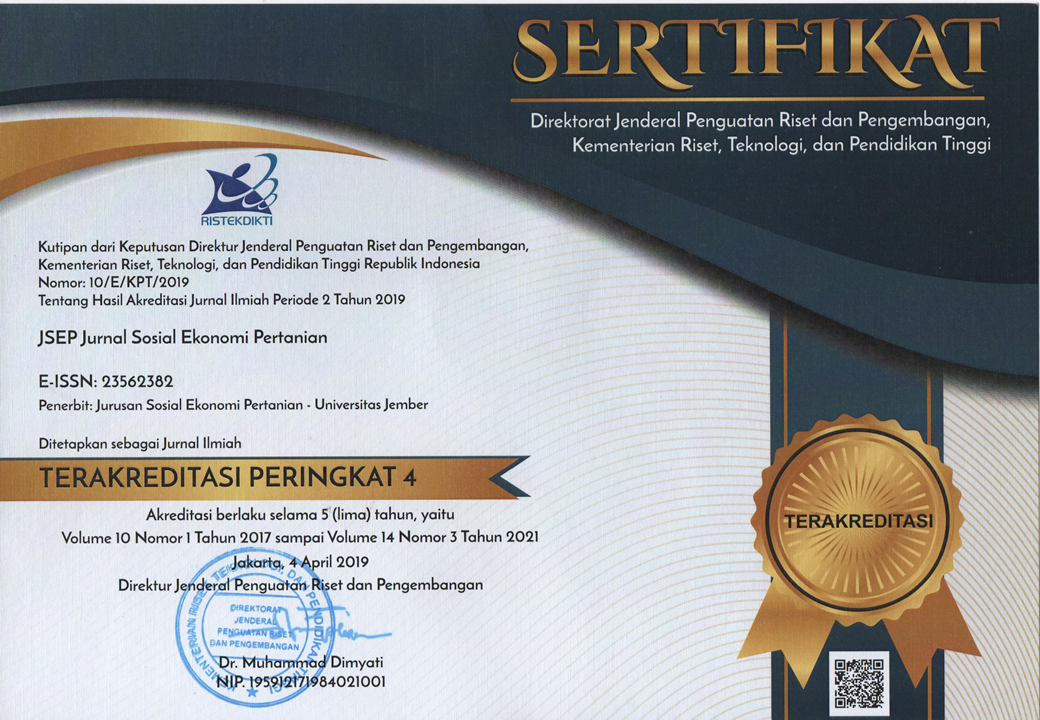

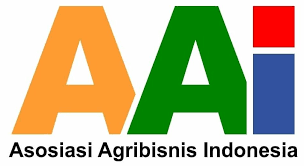

.png)








